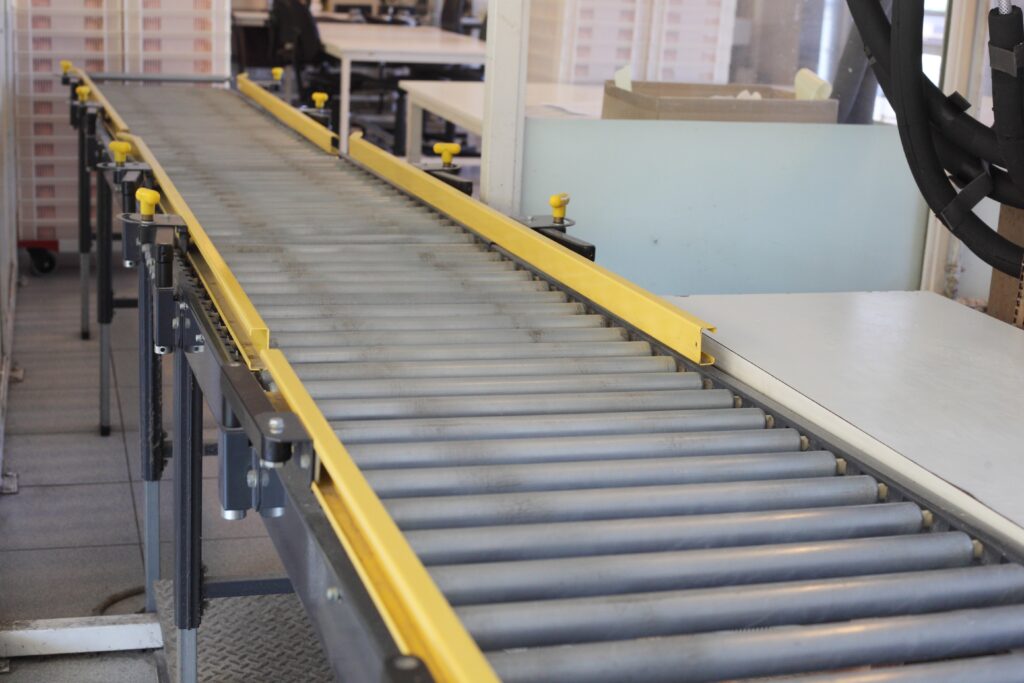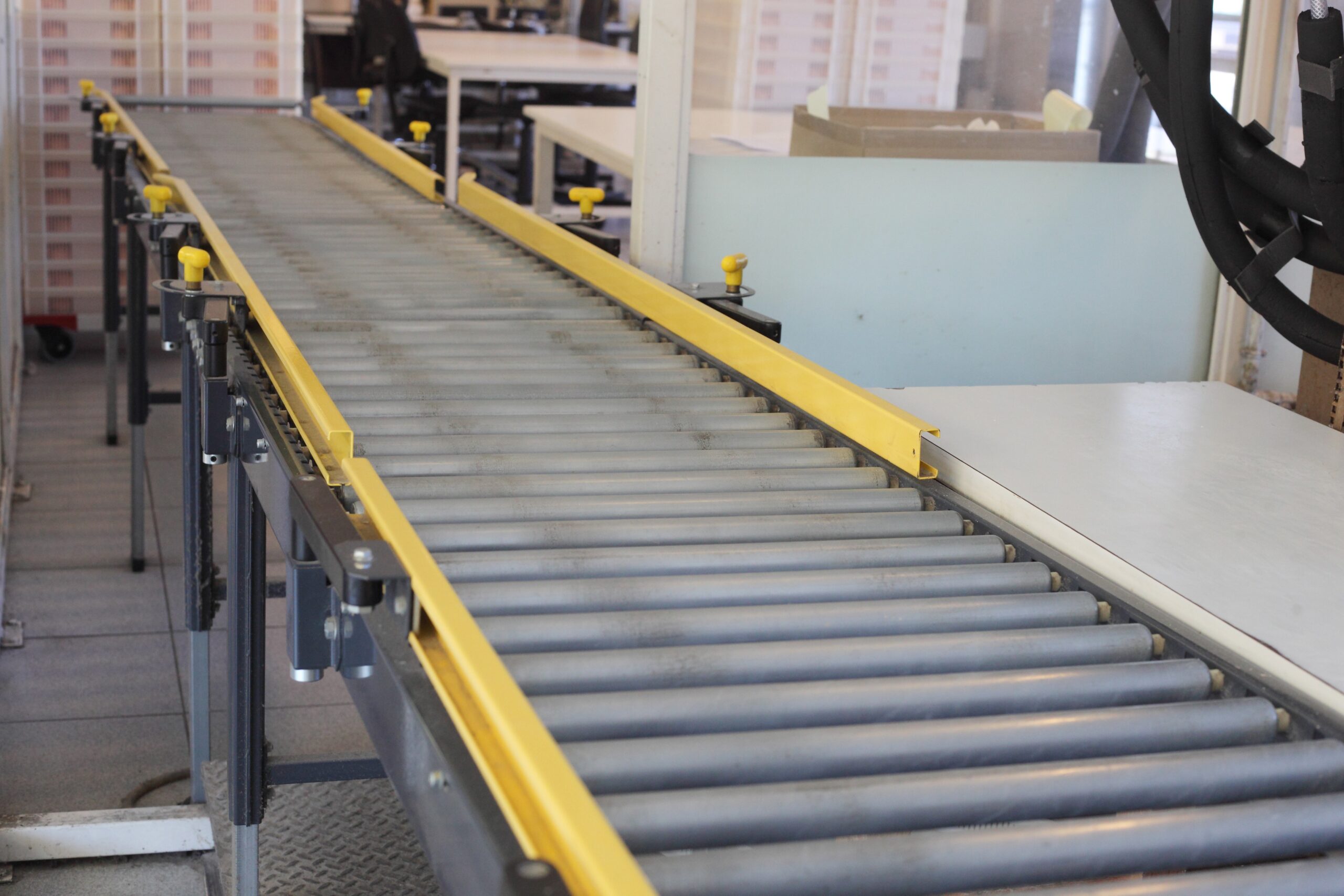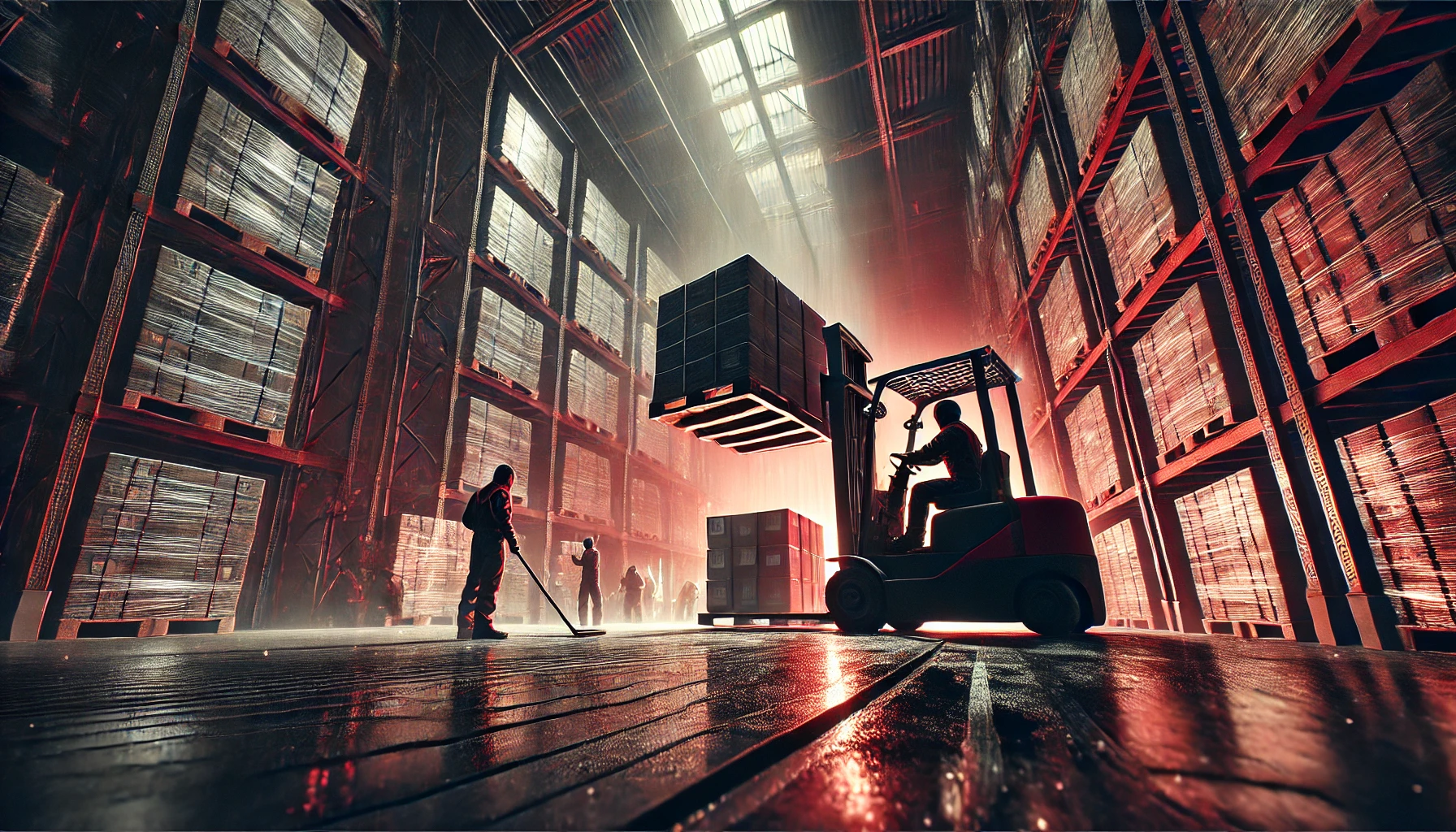
Conveyor belts are key elements of modern industrial systems that make it possible to transport various products. To meet the requirements of the industry, it is necessary to use advanced technology to manufacture them. A conveyor belt machine plays a fundamental role here.
Conveyor belt production process
The main task of a conveyor belt machine is to process belts of plastics, such as PVC or polyurethane, which, after being processes properly, become finished industrial products. BELTA machines, manufactured by Zemat Technology Group, use the high frequency welding technology to weld various elements, such as cleats or sidewalls, to the belts. Thanks to the wide range of configuration options, these machines can be tailored to clients’ specific needs, making the production process extremely efficient and precise.
The BELTA conveyor belt machine can manufacture a wide range of conveyor belts with even very specific client requirements, making it the ideal choice for industries such as food, automotive or logistics. The basic raw material, the wide belt, is transformed into the final product on BELTA machines. Depending on the needs, the machine can also fit additional elements to the belts, increasing their functionality and durability.
Use and configuration options
One of the biggest advantages of BELTA machines is their versatility. The conveyor belt machine allows the production of belts with various properties precisely tailored to client requirements. This makes them ideal for transporting products in harsh industrial conditions.
Positioning systems and precisely designed electrodes ensure accuracy during processing. BELTA’s high frequency welders are equipped with advanced process monitoring features that guarantee high quality welds, eliminating the risk of material damage. What’s more, the easy electrode replacement system allows for quick and efficient reconfiguration of the machine, increasing efficiency and reducing downtime.
Why invest in a BELTA conveyor belt machine?
The BELTA conveyor belt machine is not only a production tool, but also an investment in long-term efficiency and precision. Thanks to its use, manufacturers can count on high quality finished products, which translates into satisfied end customers.











